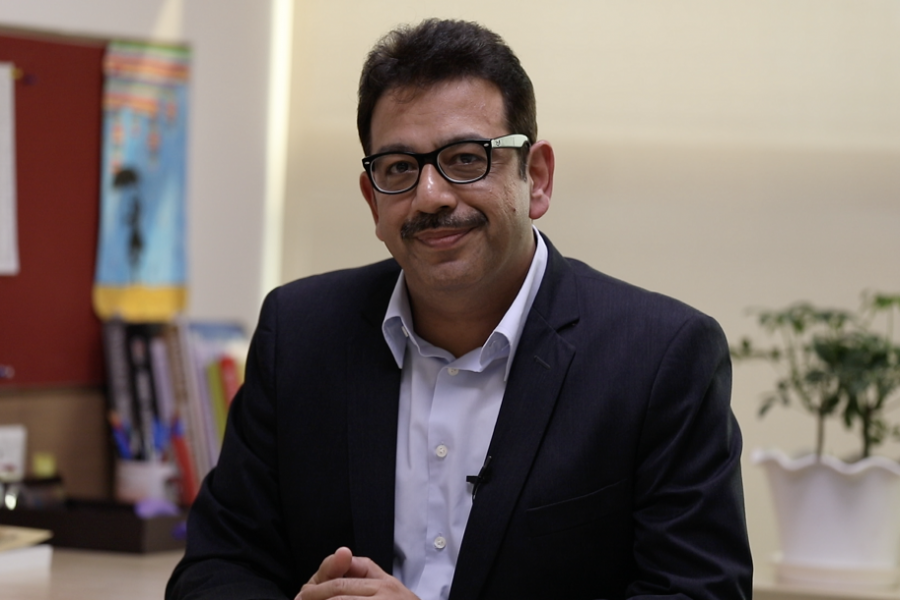Cross Border Electricity Trade (CBET) has been taking place between South Asian countries under bilateral Memorandum of Understandings (MoUs) /Power Trade Agreement (PTAs) over the last decade.
However, in a remarkable development following the notification of CBET Rules in March’21 by the Central Electricity Authority (CEA), the Indian Energy Exchange commenced the Cross Border Electricity Trade (CBET) on its platform.
More specifically, to begin with, three grid-connected countries – Nepal, Bangladesh, and Bhutan can participate in the most competitive Day-Ahead Power Market on the power exchanges to either meet their power supply requirements or to replace costlier power in their portfolio.
This South Asian Power Market can further expand and develop as more countries in the region are becoming connected.
The CBET trade commenced on the Exchange in April 2021 with Nepal as the first country which came on board. On Jan 01 2022, Bhutan also commenced trade in the Day-ahead power market through Druk Green Power Corporation. Today both Nepal and Bhutan are taking advantage of competitive power prices discovered at IEX in the range of Rs 3-Rs 4/unit in meeting their demand in a flexible and efficient manner while also reducing their cost of procurement.
Commenting on the importance and benefits of Exchange led Cross Border Electricity Trade, Rohit Bajaj, head and senior VP, Business Development, Indian Energy Exchange Limited, said, “IEX has a robust market ecosystem of 6,900+ participants, 55+ distribution utilities, 550+ generators and a strong base of 4,400+ registered commercial and industrial consumers. Extending our platform beyond India is a significant step with a vision towards building an integrated South-Asian regional power market. Studies have estimated that the region has the robust potential of up to 100 billion units trade by end of this decade. The exchange led power market can greatly facilitate building a regional power market with virtues such as competitive prices, transparent, efficient, and flexible power procurement. IEX, in collaboration with its partners, is working closely with authorities in Bangladesh to support it in leveraging the exchange platform for procuring competitively priced power and enhancing its energy security and access.”
In Bangladesh, the monthly demand for electricity ranges between 5 to 6 BU, and the yearly demand is pegged at 76 BU with a per capita electricity consumption of 422 units. The average cost of power generation is high at over Tk 6/unit in Bangladesh as the country relies majorly on oil and diesel which is indeed expensive.
IEX Day-Ahead market average price for FY21 was Rs 2.82/unit (Tk 3.22/unit) and this year so far has been around Rs 4/unit (Tk 4.6/unit). Day-ahead market prices are far more competitive when compared to heavy fuel oil (HFO) generation cost in Bangladesh which is as high as Tk 17/unit.
This provides Bangladesh with an excellent opportunity to replace costlier generation with Day-Ahead market procurement while reducing overall cost and passing on the savings to the end consumers.
The present transmission links for 400 kV D/C between Baharampur (India) and Bheramara (Bangladesh) via Power Grid Corporation of India Ltd. (PGCIL) and Power Grid Company of Bangladesh Limited (PGCB) and another 400kV (operated at 132kV) interconnection exits between Surajmaninagar (Tripura) in India to Comilla in Bangladesh allow the exchange of power between the two countries.
Also, a 765kV Double Circuit cross-border electricity interconnection between Katihar (India), Parbotipur (Bangladesh), and Bornagar (India) are currently under development which will further increase the scope for power trade.
South Asian countries have low per capita consumption of electricity and continue to face a challenge in terms of enhancing energy security and access in a reliable and competitive manner. The region has many untapped resources, including hydropower in Bhutan and Nepal against a small local demand. A huge thermal plant installed capacity base in India, and upcoming renewable capacity in the region when utilised to their full potential can support the aspiration of developing a sustainable and economic energy model for long-term prosperity and economic growth in the region.
The power markets will besides be connecting the region as one market, also facilitate optimal utilisation diversity of the resource base in the region as per the varying seasonal and peak demand of the countries towards serving the regional requirements for the growing energy needs in a competitive, and reliable manner.
India's energy think tank - IRADe - estimates that CBET will be able to transfer 100 billion units of power by 2030. The region thus has a great opportunity to link economies through an integrated regional power market, which requires strengthening transmission connectivity, access, and achieving greater economic prosperity.


